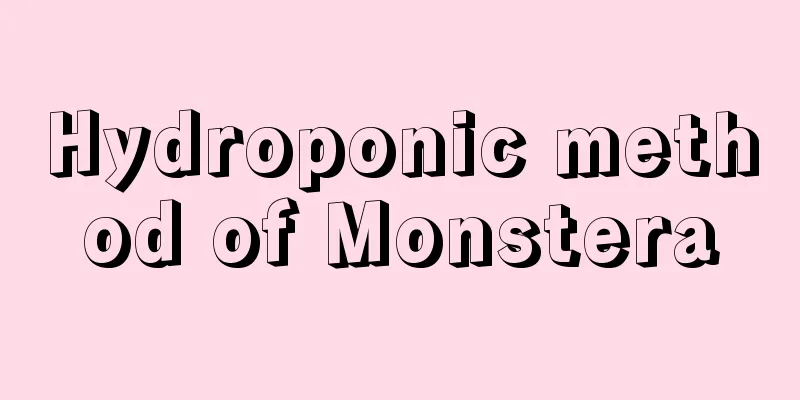How to grow black grass

1. Maintenance methods1. Temperature: Black seed grass prefers a cool growing environment, so it is generally planted in the north. If the temperature is too high, the growth will be slow. Of course, the temperature cannot be too low, so under normal circumstances, it only needs to be kept warm. If it is too hot in summer, it can be cooled down. 2. Watering: It likes a humid growing environment, so provide enough water during the growth period. Water it about every three to five days in spring. In summer, water loss will be faster, so it needs to be watered every day. More watering in summer can also reduce the temperature. Water once a week in winter. 3. Light: It likes warm and sufficient light. In spring and autumn, it can receive full sunlight and grow vigorously. In summer, it can be properly shaded because its flowers are relatively fragile. If exposed to strong light, they will wither and die, and the overall growth of the plant will slow down. 4. Fertilization: Fertilizer is relatively important for black grass. Before it blooms, it needs to be applied with nitrogen fertilizer once a month. Nitrogen fertilizer can promote its growth and development. However, during the flowering period, nitrogen fertilizer should be stopped and fertilizer water cake should be used instead, applied once a month. After the flowering is over, continue to fertilize it once, and stop fertilizing in winter to ensure that normal activities are not affected. 2. Breeding techniques1. Reproduction: Sowing is its main method, mainly in spring. The temperature for seed germination is between 15 and 20 degrees, and black seed grass is not resistant to transplantation, so the environment and location must be selected before planting. 2. Pruning: There is no need to prune too heavily. Like caring for other plants, you only need to cut off some withered and yellowed branches and leaves. You can also cut off the withered flowers to reduce the loss of nutrients. 3. Problem diagnosis and treatment1. Disease: Leaf spot disease will occur, which will cause the branches and leaves of the plant to be unsightly, turning yellow or withering, and can dilute pesticides. 2. Pests: Aphids will appear and affect the ornamental value. You can directly cut off the relevant branches and leaves. IV. Other issues1. Toxicity: It is non-toxic and suitable for breeding. 2. Can it be raised at home? Yes, it can beautify the home. |
<<: How to grow chrysanthemum well
>>: How to grow red-backed osmanthus
Recommend
When is the best time to plant soybeans?
Soybean, also known as soybean , is native to Chi...
Pruning and shaping of Schefflera
1. Main pruning 1. Topping and pinching: Topping ...
What fertilizer is good for bitter gourd topdressing
Bitter melon topdressing time Bitter melon has a ...
What does mint do?
1. Cool down and relieve summer heat Mint is good...
When is the best season to plant chili peppers?
Pepper planting season and time The planting time...
How many years does it take for green plums to bear fruit?
Growth habits of greengage trees The green plum t...
What fertilizer should be applied to star anise to produce more fruits?
Star anise, also known as star anise and aniseed,...
How to change the soil and pot of cyclamen
Cyclamen soil and pot change time Cyclamen is a c...
What does American ginseng look like?
1. Plants The taproot of American ginseng is roun...
What to do if the leaves of the money tree turn yellow
1. Normal Aging When yellow leaves appear on the ...
When is the best time to transplant camellia?
Camellia , also known as camellia, is loved by ma...
Planting method and time of cream cabbage Planting method and steps of cream cabbage
Cream cabbage is very simple to plant. It can be ...
How to grow Epiphyllum so that it blooms
Epiphyllum blooms Epiphyllum usually blooms from ...
Cultivation methods and precautions of white-handled rough-rib grass
1. Soil It is best to use loose, porous and well-...
How to prune the beauty plum
When to prune the plum tree The beauty plum is us...









